
Viewpoints | May 25,2024
Jan 1 , 2022
By TSION HAILEMICHAEL ( FORTUNE STAFF WRITER ) , BERSABEH GEBRE ( FORTUNE STAFF WRITER )
Chiffon dresses have become increasingly popular among the women of Addis Abeba. Light, fluffy and colourful garments are in demand during the holidays. However, chiffon aficionados, traders and tailors alike have witnessed a surge in costs over the past few months, report TSION HAILEMICHAEL and BERSABEH GEBRE, FORTUNE STAFF WRITERS.

Not long after dawn on Friday, December 31, 2021, traders in Merkato opened their shops, anticipating a spike in business as the Christmas holiday approached. As the cold morning got warmer, the market grew more hectic. The cool air intermingled with a cacophony of sounds.
Traders haggled with customers, and heavy carts screeched as they made their way down the market's narrow thoroughfares. Street vendors were yelling loudly, attempting to advertise their goods on sale amid the racket. Within a few hours of the first shops opening, Mercato's quarters buzzed with activities as crowds of shoppers flocked to the market. Dubai Tera, well known as a trading hub for textiles and apparel, was particularly busy with marketgoers looking to add to their wardrobes, many for the coming holiday.
True to its name, much of the goods traded in this part of Mercato are imported from the United Arab Emirates (UAE).
A four-storey building in the middle of Dubai Tera hosts several shops specialising in the trade of chiffon dresses made from lightweight and sheer silk and synthetic fibres. The name comes from a French word meaning "cloth." Colourful and typically made of silk or nylon, chiffon dresses have become a popular item among the women of Addis Abeba in recent years.
Chiffon was first woven in the 1700s in Europe. Originally, the yarns were silk. The dresses were a mark of high status due to the expensiveness of the fabric. Polyester chiffon has become widely accepted in Ethiopia for its low cost and durability. The garment has long been seen as cultural wear in the country's northern parts, particularly in Tigray Regional State.
Chiffon has slowly crept into the urban market over the past half a century, finally making it to the front displays of fashionable boutiques in the capital in the last couple of years.
Lula Ahmed, 65, a mother of eight, bought four metres of chiffon fabric from one of the shops in Dubai Tera for 1,200 Br. She had come looking to order a tailored chiffon dress she planned to wear for Christmas but was forced to buy the fabric instead. The weavers in the shop told her they would be unable to deliver the dress in time for the holiday. They were too busy with similar orders.
A line of mannequins hangs somewhat haphazardly outside a clothing store. The fabric for the lightweight dresses is imported mainly from the United Arab Emirates (UAE), China and India.
Lula did not argue. She knew she could take the fabric to one of the many similar tailors in the area.
"I bought the same fabric a few months ago,” she told Fortune. “I prefer to wear chiffon dresses during the holidays.”
Though the fabric is available elsewhere in the capital, Lula had journeyed to Mercato, hoping to get a better deal. However, she found no price lower than 300 Br a metre was available. The last time she bought chiffon for the New Year in September, it was sold for half this price.
“I've wasted my time coming here,” she said.
Others like Mekdes Geta could not make the trip to Mercato. A university student, Mekdes was relieved to find tailors who could deliver a chiffon dress before the festivities on January 7, 2021. A shop located inside Medhanialem Mall, a 10-storey complex located on Cameroon Street, offered 2,500 Br for 3.5 metres of chiffon fabric, including the tailoring.
Three to five meters of chiffon makes a full dress depending on height.
Although she had paid 1,600 Br for the same dress two years ago, Mekdes was willing to spend 56pc more on her outfit this time around.
"Everything's getting more expensive," she said. "Spending this much on a beautiful dress is worth it under the circumstances."
Although chiffon dresses have a shiny, light, and airy look, they share distinct features with traditional Ethiopian clothing made from cotton. Chiffon fabric is imported mostly from the UAE, India and China. Close to 253.6 million Br worth of chiffon fabric was imported to Ethiopia in 2020, a third higher than the previous year. The UAE is the largest import source, accounting for 43pc of the total value. China (11pc) followed and then India with a nine percent share.
Hannan Mohammed owns Mac Chiffon, the shop that catered to Mekdes. She opened the first shop in Mercato`s "Military Tera" six years ago with 350,000 start-up capital. The shop inside Medhanialem Mall opened a few months ago with a capital double it took her to open her first. So does the price of chiffon doubled in a few months.
“It's been dramatic, especially after the recent suspension of duty privileges for travellers,” Hannan said.
Last month, officials of the Customs Commission suspended travellers from bringing in items such as clothing and shoes, fast-moving in their luggage without paying duties.
The foreign currency market changes and its shortage are blamed for the rapid rise in prices across commodities. Headline inflation clocked in at 33pc last month, according to a report from the Ethiopian Statistical Service. Non-food inflation recorded at 25.2pc.
Hannan used to sell a meter of chiffon fabric imported from Dubai for 200 Br. It was on sale for 350 Br last week. Fabric imported from countries like India, which used to cost 250 Br three months ago, is sold for double the price.
A chiffon dress at Hannan`s store sells for up to 3,800 Br. Yet, she receives up to 90 orders when holidays approach or during wedding seasons. The figure is more than double the business she sees at other times of the year.
As the business has grown more lucrative, Hannan capitalists by advertising her clothes through models such as Winta Mekonnen, an Eritrean-born actress residing in Ethiopia, and Mastewal Wondwosson, also an actress. The new designs, advertised by the city's celebrity fashionistas, come with colourful and diverse layouts.
Among the designers reaping the benefits of the trend is Lewam Chiffon. Founded five years ago at a small shop in the Summit area by Luam Tsegab, a designer, the brand has grown considerably. Luam's dresses have become a mainstay for chiffon aficionados in the city.
“The demand for the fabric has grown, especially in recent years,” Luam told Fortune.
She has since opened two stores in the Haya Hulet and Bole Medhanialem areas, the latter seven months ago. Luam designs all the dresses sold at her shops, while nearly 30 employees use fabric brought in from the UAE and Morocco to sew the final product.
Luam's story illustrates how introducing a new product or service can open opportunities for many. Lula's story, to the contrary, is a reflection of the runaway cost of living in the economy.
PUBLISHED ON
Jan 01,2022 [ VOL
22 , NO
1131]

Viewpoints | May 25,2024

My Opinion | Jan 21,2023

Viewpoints | Sep 18,2021
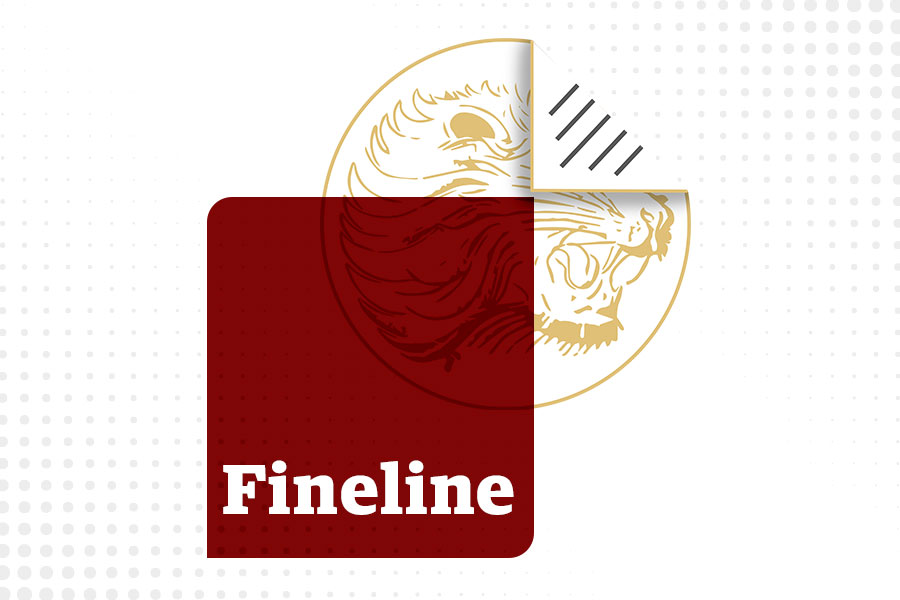
Fineline | May 25,2019

Featured | Sep 10,2021

Radar | Apr 04,2020

Fortune News | Jan 12,2019

Fortune News | Mar 23,2019

Sunday with Eden | Nov 20,2021

Commentaries | Sep 03,2022

Jul 13 , 2024 . By AKSAH ITALO
Investors who rely on tractors, trucks, and field vehicles for commuting, transportin...

Jul 13 , 2024 . By MUNIR SHEMSU
The cracks in Ethiopia's higher education system were laid bare during a synthesis re...
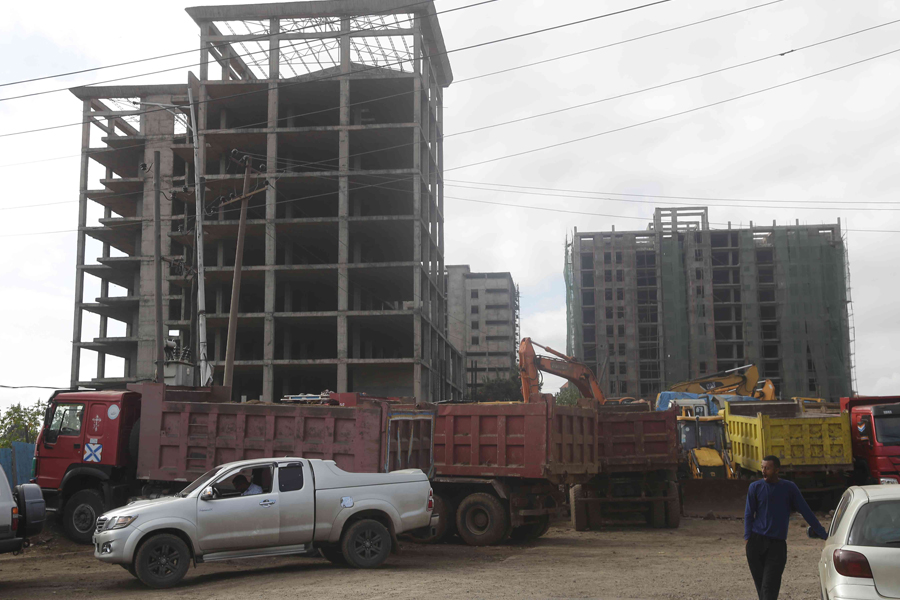
Jul 13 , 2024 . By AKSAH ITALO
Construction authorities have unveiled a price adjustment implementation manual for s...
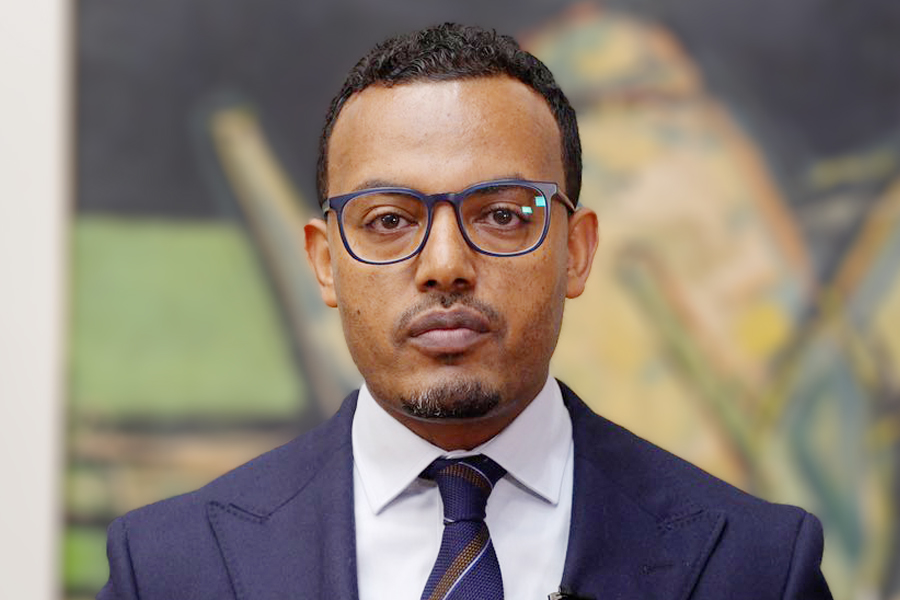
Jul 13 , 2024
The banking industry is experiencing a transformative period under the oversight of N...
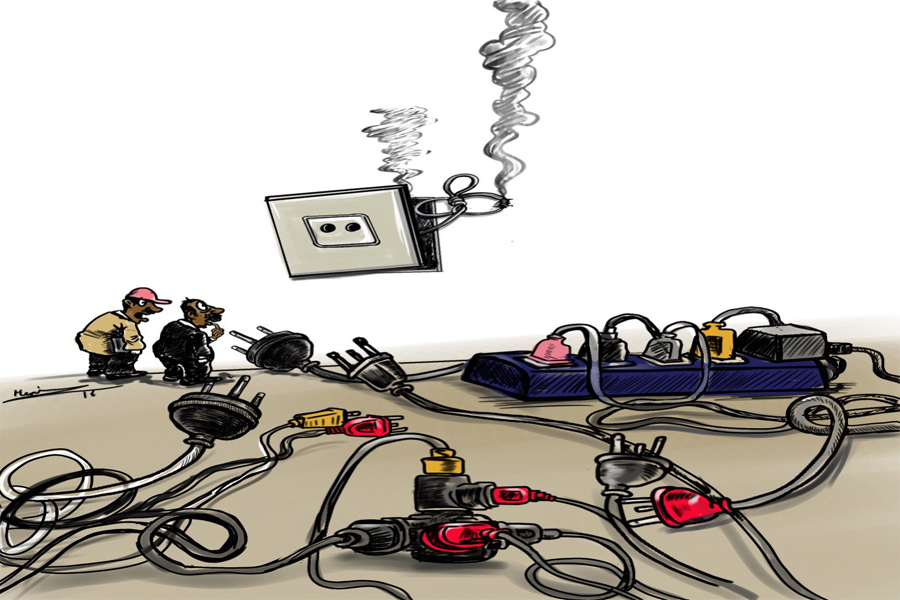
Jul 20 , 2024
In a volatile economic environment, sudden policy reversals leave businesses reeling...

Jul 13 , 2024
Policymakers are walking a tightrope, struggling to generate growth and create millio...
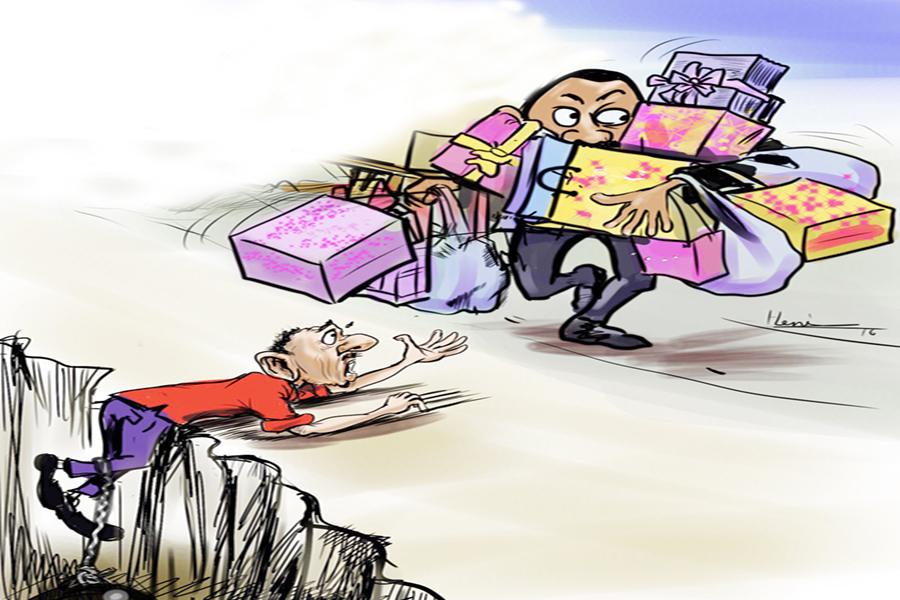
Jul 7 , 2024
The federal budget has crossed a symbolic threshold, approaching the one trillion Bir...

Jun 29 , 2024
In a spirited bid for autonomy, the National Bank of Ethiopia (NBE), under its younge...